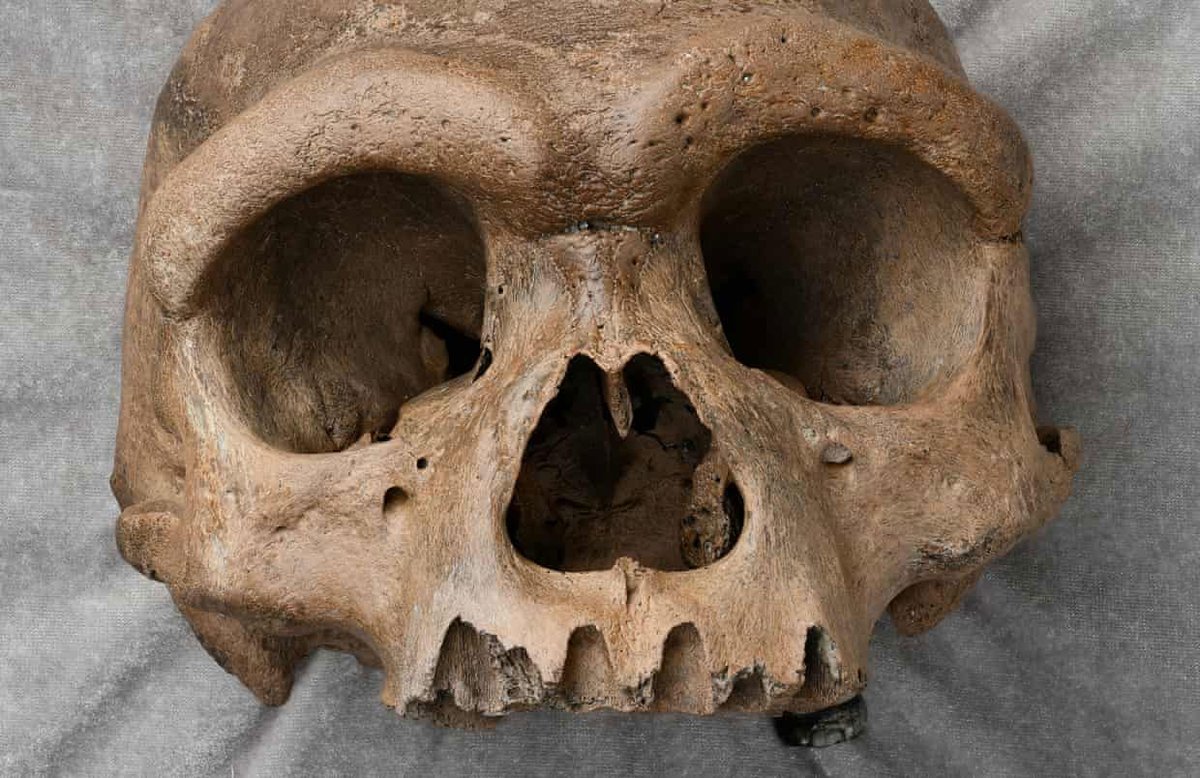Everybody has heard of Acheulean handaxes. But did you know sometimes ancient hominins made them out of elephant bones? This one is from Fontana Ranuccio, Italy. Zutovski and Barkai (2016) suggest that fresh elephant bone was better for flaking. #hominin dx.doi.org/10.1016/j.quai… 

When elephant bone artifacts were found at Bilzingsleben, many archaeologists pooh-poohed them as meaningless. Most Upper Paleolithic bone artifacts were fashioned by grinding, not flaking. "Flaked bone shows that they couldn't recognize the properties of the raw material." 

Zutovski and Barkai (2016) show how much that picture has changed. Some #hominin groups were masters of elephant bone, and elephant bifaces have been found across 1.2 million years in Europe, Africa, and West Asia. dx.doi.org/10.1016/j.quai… 

• • •
Missing some Tweet in this thread? You can try to
force a refresh














